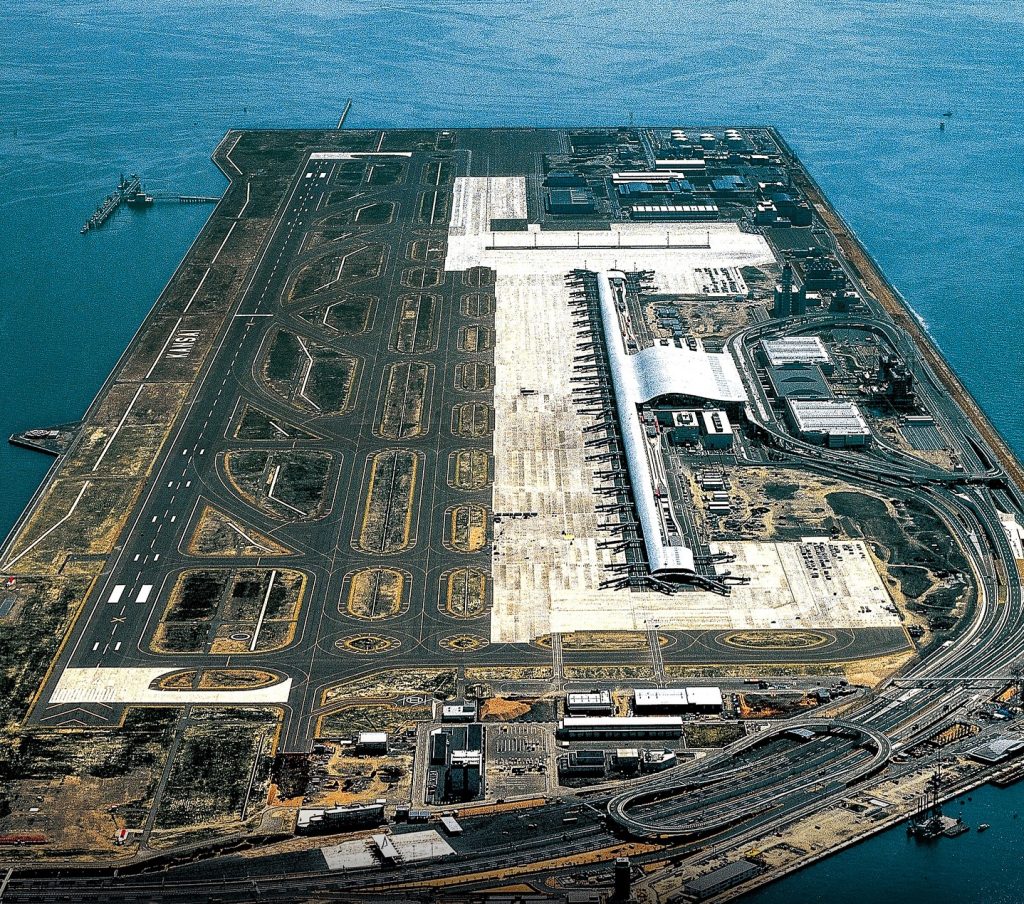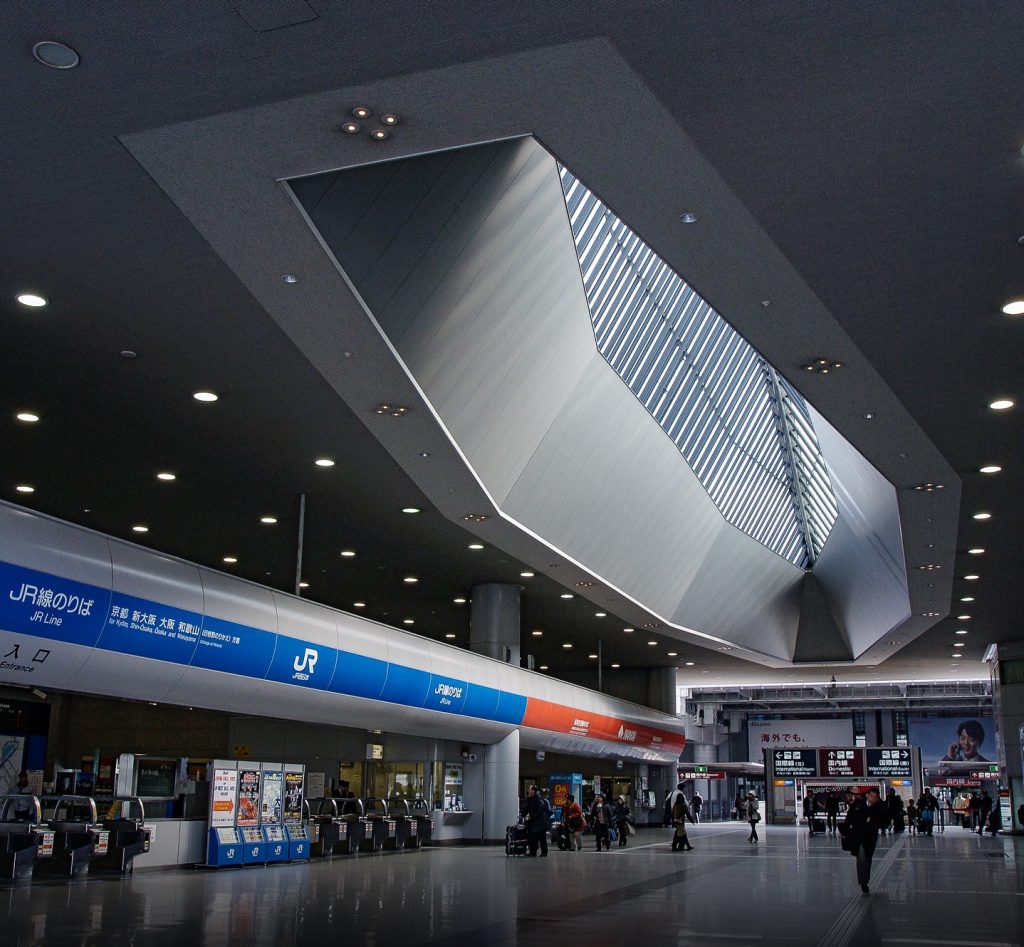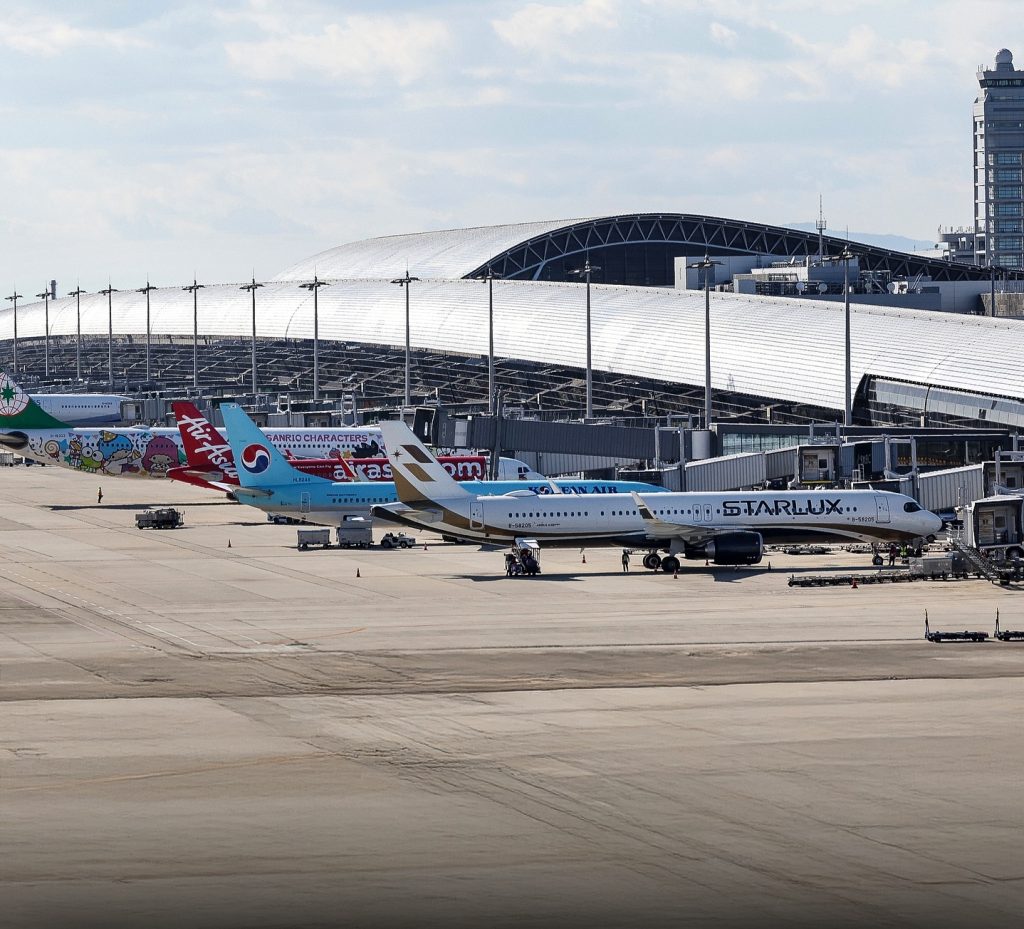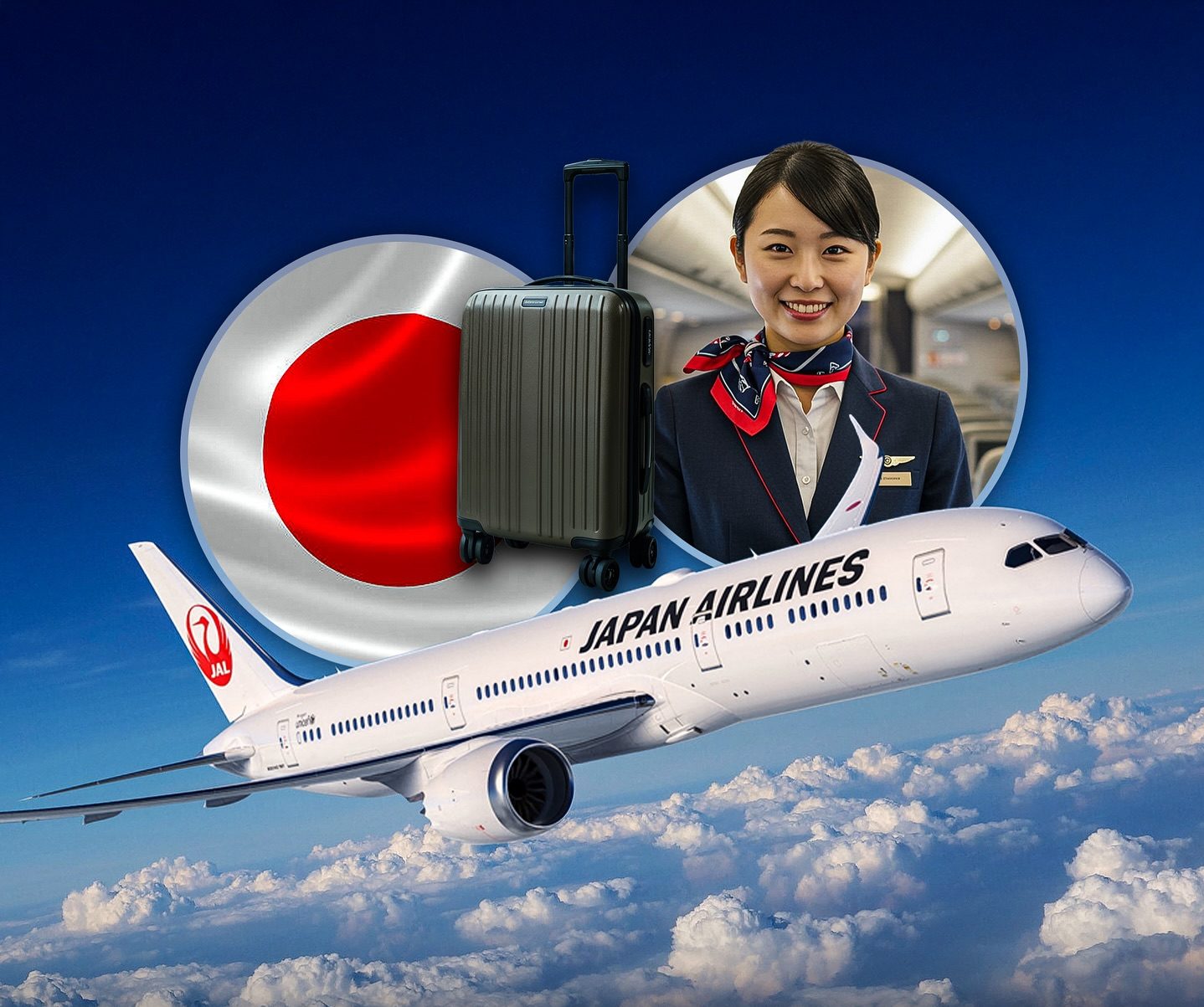THIS JAPANESE AIRPORT HASN’T LOST A SINGLE BAG IN A RECORD 30 YEARS
We’ve all heard the horror stories. You step off a long flight, blurry-eyed and exhausted, only to stand at the luggage carousel watching everyone else roll away with their bags—while yours never shows up. For some, it’s a minor inconvenience. For others, it ruins a vacation, delays a business meeting, or strips away a sense of control just when you need it most. But in a quiet corner of Japan, on a man-made island off the coast of Osaka, one airport has been doing something truly extraordinary for the last three decades. Kansai International Airport hasn’t lost a single checked bag. Not one.

That claim might sound impossible, especially when you consider the sheer scale of operations. Kansai handles more than 10 million pieces of luggage every single year. Every suitcase, every backpack, every box and bundle—each one accounted for, triple-checked, and delivered right where it needs to go. In a world where even the best airports occasionally make mistakes, how does Kansai pull this off?
The answer lies in something Japan is known for, but which still feels magical to witness in action: obsessive precision. From the moment you step into Kansai’s wide, gleaming terminals, everything feels… intentional. The signage is clear and multilingual. The staff are calm and highly trained. But it’s behind the scenes where the real magic happens.
Kansai International Airport opened in 1994, and from day one, it was designed to be different. Built on an artificial island in the middle of Osaka Bay, it was a marvel of engineering—part airport, part floating city. But what truly set it apart wasn’t the location or the architecture. It was the mindset. The airport’s founders made a promise that most would consider absurd: to create a baggage system that never fails.
To understand what that means, you have to picture the dance of logistics that happens every time you check a bag. It leaves your hands, travels on conveyor belts through scanning systems and sorting tunnels, is lifted and loaded by humans or machines into the correct cargo hold, and is then tracked, reloaded, and routed again during transfers. All of this happens across different time zones, languages, and airports—and still, Kansai gets it right every time.
Their secret? It’s not actually one single thing. It’s a layered system of checks and balances. At Kansai, baggage is barcoded and scanned at multiple stages—not just once. Every transfer point is monitored. Every cargo hold has a manifest that is manually verified against digital records. Even loading crew members have to check bag counts before sealing the hatch. And if something seems off? The flight doesn’t move until it’s resolved.

But precision alone isn’t the whole story. There’s something deeper here—something cultural. In Japan, attention to detail is more than a habit. It’s a philosophy. The Japanese concept of “kaizen,” or continuous improvement, applies just as much to airport baggage handling as it does to sushi preparation or bullet train schedules. At Kansai, staff are trained not just to follow procedures, but to refine them constantly. If a near-miss happens—if a bag is even delayed—they gather, analyze, and revise the system to ensure it doesn’t happen again.
It’s this relentless dedication that earned Kansai a global reputation. Over the years, it has won several awards for operational excellence, safety, and customer satisfaction. But perhaps more importantly, it has won something far rarer in the travel world: the trust of its passengers.
And passengers feel it. There’s a certain calmness in knowing your belongings will be there when you arrive. Frequent flyers into Japan often say that the moment they land at Kansai, they can relax. The stress fades. No frantic worrying about lost clothes or missing gifts. Just a smooth arrival, every time.
In the broader aviation world, Kansai’s record stands out like a lighthouse. Airlines and airports worldwide struggle with baggage mishandling, especially during peak travel seasons. Despite advanced technology, lost luggage remains a painful part of the travel experience. And while major hubs are making progress, none have achieved what Kansai has. Zero losses. Thirty years. It’s almost hard to believe—until you see it for yourself.

There’s a strange irony here. Kansai was once criticized for being too ambitious, too isolated, and too costly to build. But in hindsight, that isolation helped. With no surrounding city to expand into, the airport had the freedom to build systems from scratch, tailor-made to its vision. What felt like a risk in the ‘90s has become one of the most iconic success stories in aviation today.
And the legacy of that decision extends beyond numbers. Kansai has become a symbol of what’s possible when we refuse to accept mediocrity. When the world says, “It’s normal to lose a few bags,” Kansai replies, “Not here.” When other airports cut corners to save costs, Kansai invests in long-term trust. In a way, the airport represents something we often forget to hope for—perfection. Not the shiny kind that’s all about appearances, but the quiet, dependable kind. The kind that works, every day, without fail.
That’s what makes this story more than just a record. It’s a reminder. That even in an age of overbooking and delays and long lines and missing suitcases, there’s still a place where your bag—and your trust—are treated like they matter. Kansai International Airport didn’t just build a baggage system. They built a promise. And thirty years later, they’re still keeping it.

